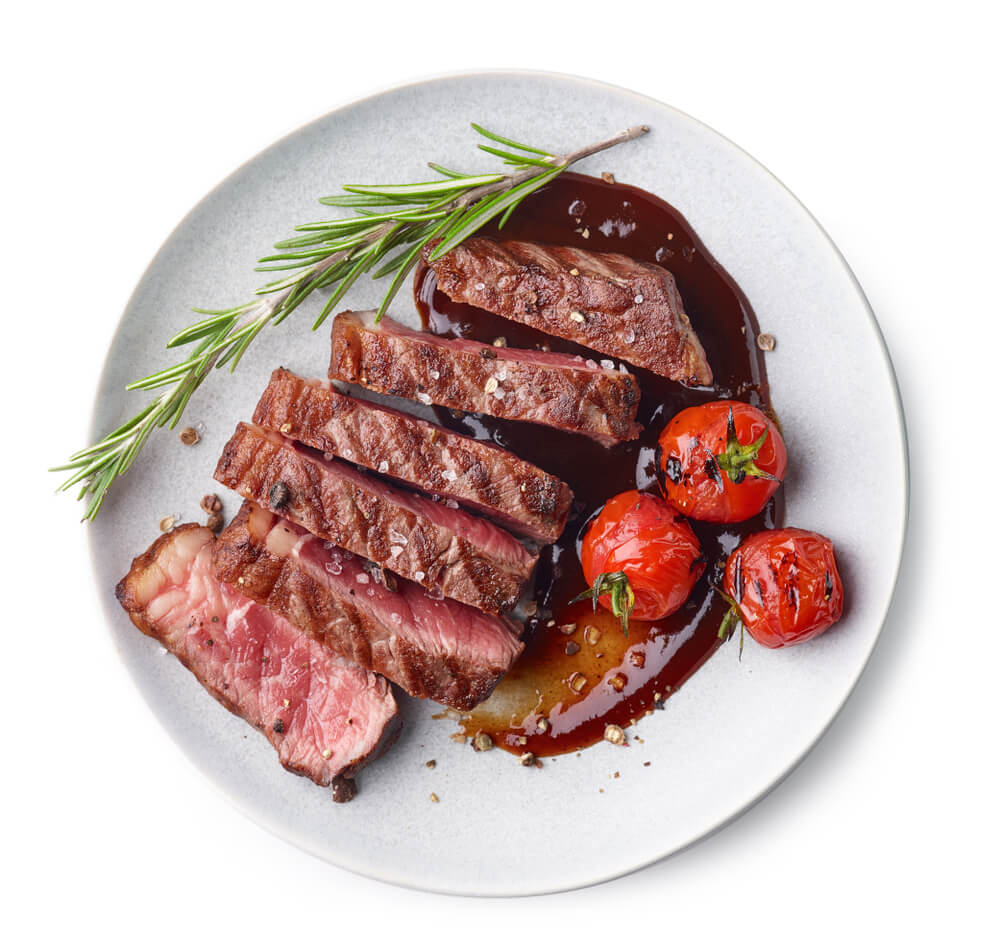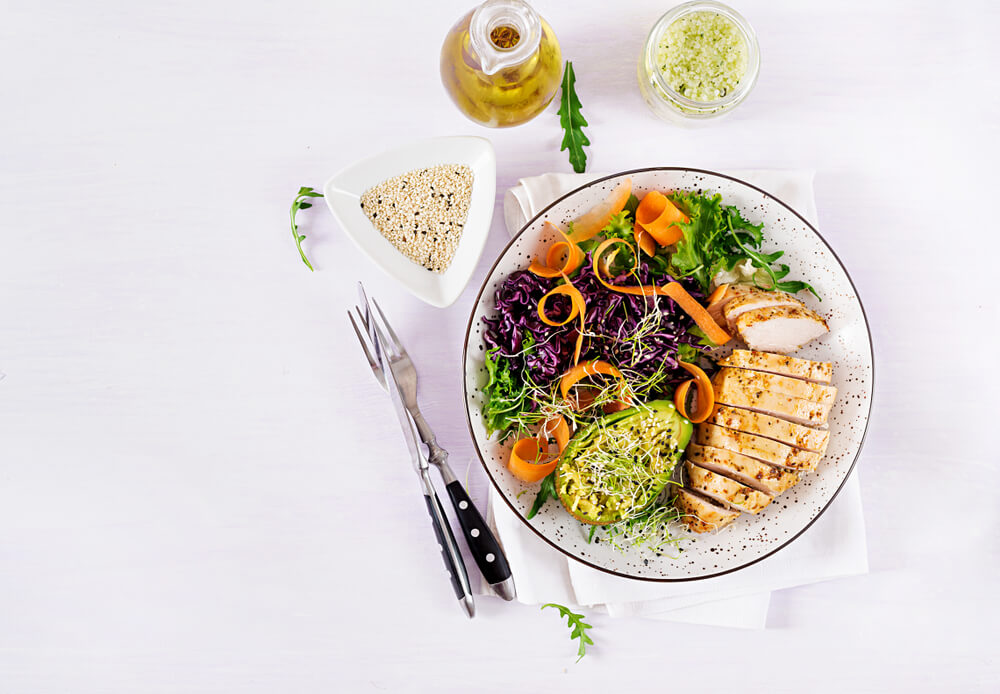Creating a balanced diet plan can seem daunting, but it’s simpler than you might think. With a bit of planning and some basic knowledge, you can develop a diet that’s nutritious, satisfying, and enjoyable. Let’s explore how you can create a balanced diet plan that works for you.
Understand the Basics
Before you start, it’s important to understand what a balanced diet means. A balanced diet includes a variety of foods in the right proportions. This ensures you get all the nutrients your body needs to function well.
The main food groups to include are:
- Fruits and vegetables
- Protein sources (meat, fish, eggs, beans, nuts)
- Dairy or dairy alternatives
- Grains and starchy foods
- Fats and oils
Each food group plays a vital role in maintaining good health. Incorporating a variety of foods from each group helps ensure you get a wide range of nutrients.
Start with Fruits and Vegetables
Fruits and vegetables should make up a large portion of your diet. Aim to fill half your plate with these colorful foods. They are rich in vitamins, minerals, and fiber.
Try to eat a variety of fruits and vegetables every day. Different colors often indicate different nutrients. For example, leafy greens are high in vitamins A and C, while orange vegetables like carrots are rich in beta-carotene.
Include Protein in Every Meal

Protein is essential for muscle repair and growth. It also helps keep you full and satisfied. Include a source of protein in every meal. Good options include chicken, fish, beans, lentils, tofu, and eggs.
For a balanced diet, it’s beneficial to mix animal and plant-based proteins. This not only adds variety but also provides different nutrients that your body needs.
Choose Whole Grains
Whole grains are a great source of energy and fiber. They help keep you feeling full longer and support digestive health. Replace refined grains like white bread and pasta with whole grains such as brown rice, quinoa, and whole wheat bread.
Including a variety of grains in your diet can help you get a broad spectrum of nutrients. Experiment with different types to find what you enjoy most.
Don’t Forget Dairy or Alternatives
Dairy products are important for bone health because they are rich in calcium and vitamin D. If you don’t consume dairy, there are plenty of alternatives like almond milk, soy milk, and lactose-free options.
Aim to include a serving of dairy or a dairy alternative with your meals. This could be a glass of milk, a serving of yogurt, or a piece of cheese. Choose low-fat or fat-free options when possible.
Healthy Fats Are Important
Not all fats are bad. Healthy fats are essential for brain health and hormone production. Include sources of healthy fats in your diet, such as avocados, nuts, seeds, and olive oil.
Avoid trans fats and limit saturated fats. These are often found in processed foods and can negatively impact your health. Focus on incorporating more unsaturated fats from natural sources.
Plan Your Meals
Planning your meals ahead of time can help you maintain a balanced diet. Start by planning a week’s worth of meals. This allows you to ensure variety and balance throughout the week.
When planning, try to include all the food groups in each meal. For example, a balanced dinner might include grilled chicken (protein), quinoa (whole grain), steamed broccoli (vegetable), and a small side of fruit.
Portion Control
Even healthy foods can lead to weight gain if eaten in large quantities. Be mindful of portion sizes to maintain a balanced diet. Use smaller plates and bowls to help control portions.
A useful guideline is to fill half your plate with fruits and vegetables, a quarter with protein, and the remaining quarter with grains or starchy foods. This simple method can help you keep your portions in check.
Stay Hydrated

Water is a crucial part of a balanced diet. It supports digestion, helps transport nutrients, and keeps you hydrated. Aim to drink at least 8 cups of water a day.
Carry a water bottle with you to encourage regular drinking. If you find plain water boring, try adding a slice of lemon or cucumber for a bit of flavor.
Snack Wisely
Snacking can be part of a balanced diet if done wisely. Choose snacks that contribute to your overall nutrient intake. Good options include fruits, vegetables with hummus, nuts, and yogurt.
Avoid snacks high in sugar and empty calories. Planning your snacks ahead of time can help you avoid unhealthy choices when hunger strikes.
Be Flexible and Enjoy Your Food
A balanced diet doesn’t mean you have to give up your favorite foods. It’s all about balance and moderation. Enjoy treats occasionally and focus on making healthier choices most of the time.
Eating should be enjoyable, not a chore. Find recipes and foods that you love. This makes it easier to stick to your balanced diet plan in the long run.
Review and Adjust
Your dietary needs may change over time. Regularly review your diet and make adjustments as needed. Listen to your body and consult a nutritionist if you have specific dietary concerns or health conditions.
Creating a balanced diet plan is a journey, not a destination. It’s about making continuous improvements and finding what works best for you.
Conclusion
Creating a balanced diet plan doesn’t have to be complicated. By understanding the basics, planning your meals, and making mindful choices, you can develop a diet that supports your overall well-being. Remember to include a variety of foods, control your portions, stay hydrated, and enjoy what you eat. With these tips, you’ll be well on your way to maintaining a balanced and healthy diet.





Leave A Comment